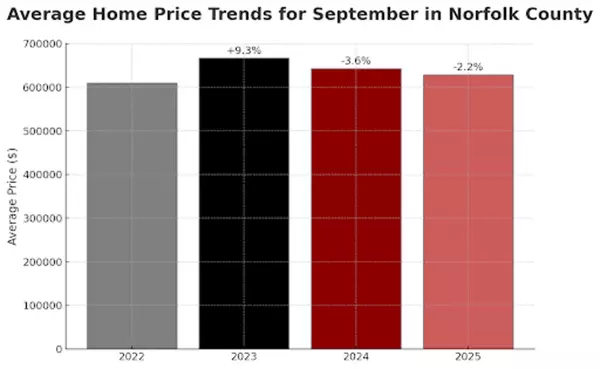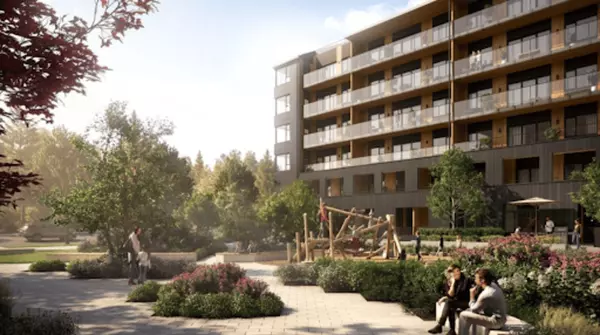Whitehorse 2025–2028 Strategic Priorities: Driving Housing Growth, Zoning Reform, and Infrastructure Investment
In late July, the City of Whitehorse announced its Strategic Priorities for 2025 to 2028, outlining a multi-year plan that responds to its rapid population growth, ongoing housing pressures, and the need for coordinated infrastructure development. Whitehorse has been experiencing a time of considerable growth, and continues to rank among the fastest-growing cities in Canada.
The document sets the direction for municipal governance over the next four years and identifies key policy areas aimed at improving land use, service delivery, financial stewardship, and collaboration with other levels of government, and has implications for housing and real estate.
Housing Policy, Land Use, and Development Direction
A key strategic priority, “Supporting Growth and Sustainability,” consolidates several initiatives related to housing development, land use regulation, and long-term urban planning. The plan identifies a structured approach to addressing local housing needs through the development of a Housing Needs Assessment and Action Plan. This formal process will evaluate existing gaps in housing supply and propose targeted interventions based on current and projected demand.
Efficient Permitting
To accelerate the pace of housing delivery, the City has committed to streamlining its internal development procedures. Efficient permitting is one of the focus areas, aimed at improving the building permitting process. The stated goal is to reduce processing times and increase the speed at which new housing projects can be brought to market.
Modernizing Zoning
Another major initiative under this strategy is the planned modernization of the Zoning Bylaw. Updating this bylaw is expected to affect land use regulations across the city, including potential adjustments to permitted densities, lot configurations, and development standards. These changes could open up new areas for higher-density housing, increase flexibility for infill projects, and alter how development proposals are evaluated.
New Land Development
The City also plans to advocate for new land development, reflecting a proactive stance on increasing the supply of land available for residential and mixed-use construction. This may involve coordination with other levels of government to unlock or service new areas of land that are currently undeveloped or constrained.
Taxation and Incentives
In parallel, the Council has committed to reviewing its existing tax structures and incentive grant policies to better align them with its strategic goals. This policy alignment review may potentially result in new financial incentives tied to specific housing types, such as affordable or workforce housing, or lead to adjustments in tax treatment that affect the economics of new development.
Infrastructure Investment and Delivery Models
The City’s strategic direction includes a strong emphasis on upgrading and expanding infrastructure to match population growth and emerging service demands. The priority of “Investing in Infrastructure” encompasses a wide range of assets, including water systems, road networks, public facilities, and recreational infrastructure. Whitehorse has signalled its intent to pursue sustainable, long-term funding from the federal government to support the delivery and maintenance of these essential services.
Downtown Planning and Neighbourhood Connectivity
Whitehorse has also included major land use and connectivity initiatives as part of its priorities. One key initiative is the revitalization of the downtown core through an update to the Downtown Plan. This process will shape the future design and function of the city’s central area, potentially creating new opportunities for residential and commercial redevelopment, improving public space, and adjusting zoning or design guidelines to support a more vibrant urban environment.
The City has committed to encouraging connected neighbourhoods, supporting mixed-use, walkable communities where homes are located near commercial services, public amenities, and transit infrastructure. This reflects a broader emphasis on compact growth and neighbourhood-scale planning, with attention to livability, accessibility, and the integration of daily services within residential areas.
Public mobility infrastructure features prominently in the plan. The City plans to improve and expand its transit and active transportation networks. Sample action items include rehabilitation and construction of key pathway systems and the development of the Whistle Bend Active Transportation Connector. These projects are intended to strengthen connectivity between neighbourhoods, reduce reliance on personal vehicles, and enhance the city’s pedestrian and cycling networks.
Waterfront Enhancement and Public Space Investment
Finally, the City’s strategy includes a plan for Waterfront Beautification, with the goal of enhancing the riverside as a public gathering space and multi-use corridor. This initiative aims to make better use of the waterfront for recreation and active transportation, while also improving the character and accessibility of one of Whitehorse’s most prominent natural assets.
Recent Posts











